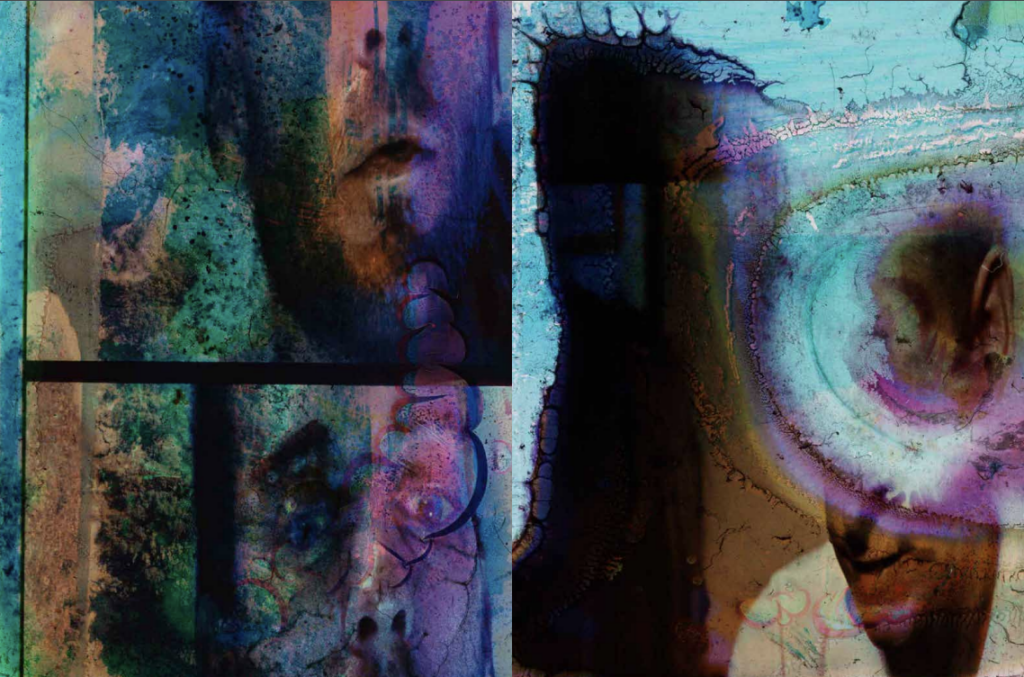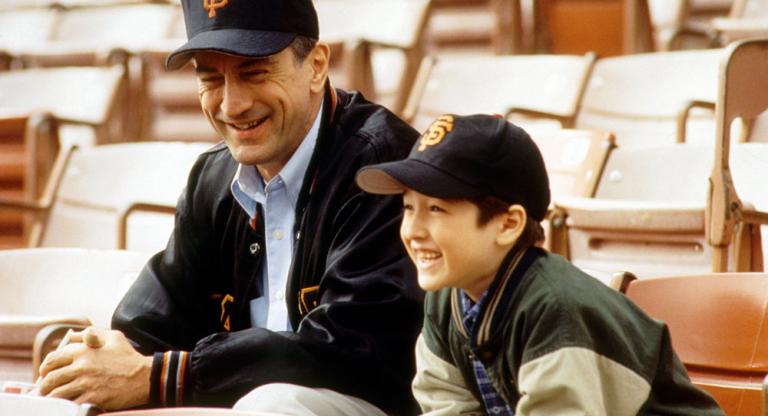An excerpt from “Yesterday Once More” by Ed Halter, an introduction to Luther Price: New Utopia and Light Fracture, a 2023 publication featuring Price's slide work:
The first time I saw Luther Price’s films projected, I cried. It was in 1999, at a press screening related to a show at Thread Waxing Space in lower Manhattan, and I was 29 years old. What got me was how his films are able to evoke working-class, late 20th-century life in the greater Boston area in ways I had never seen portrayed in films before—or indeed in art of any kind. In films like Home, Warm Broth, Green, Clown, and many others, made when he was Luther Price or when he was Tom Rhoads, the culture both he and I grew up in—its dialect, its houses, its streets, its skies, its beaches, its moods—all of it was there in vivid color and concrete sound, but presented in a skewed manner that can only be called fucked up, in the way that families are fucked up, and our memories of them are fucked up, tangled into messy superimpositions of comfort and pain.
So what I was crying about was not just a place and time but a state of being, that of family and childhood from which we all emerge, and what makes us want to both cling to it and run away. Unlike me, Luther never left the Boston area in any permanent way, a remarkable choice for someone who sought an alternative to what's considered a "normal" existence. Massachusetts has always had a stultifying, smothering kind of care at the heart of its social welfare ethos. Most people who want to live a different kind of life do not stay. But Luther remained.
[…] Years later when I was working on the 2012 Whitney Biennial with Thomas Beard, the other half of Light Industry, we proposed including Luther to the main curators, Elisabeth Sussman and Jay Sanders, who enthusiastically agreed. We received slides from Luther for the catalog, and Elisabeth, an experienced curator of photography, suggested projecting them in the galleries. Luther liked this idea and created two carousels to display during the Biennial's full run. He worked hard deciding the makeup of each carousel, as well as the order and orientation of each slide. Although Luther may have projected slides like this before during performances, my recollection is that he had never considered sequences of slides as standalone works themselves.
After the Biennial, Luther became obsessed with slide-making. I think he stopped making new 16mm films for a while, or at least didn’t prioritize finishing them, and put his time instead into slides, which soon filled many hundreds of folders. Rotted slides, slides of hair and dust, slides of dead ants, slides made from old strips of film, slides filled with colored sugar. The two sets he gave to Visual Studies Workshop have several slides in which he duplicates the image of a face like a funhouse mirror, but most of them are largely non-representational. The colors in different layers of emulsion have turned into chromatic blobs that resemble abstract landscapes—imaginary dreamlike places that may be some new utopias just being formed.
He’d show his slides in two main ways: as ongoing installations looping in galleries, or in cinemas, cycling through them like a slow-motion movie. In the last decade of his life, I travelled with him a number of times, both to help with projection and to assist him more generally as his mobility became increasingly impaired. [...] Luther’s body was falling apart in those years. […] Towards the end of his life, he had stopped drinking, was eating better, and had switched to smoking only home-rolled cigarettes, saying these didn’t bother him as much. His mood didn’t go to those dark places in the same way in those final years.
What to make of the fact that, after portraying his own life on screen, Luther gradually moved away from direct representation, ultimately landing at liquid fields of color in New Utopia and Light Fracture—delicate and subtle erasures of old images, old memories? If Luther’s films had been recapitulations of his past, perhaps in his slides he was now looking towards the future, dreaming of something else to come.
Luther Price: New Utopia and Light Fracture is published by the Visual Studies Workshop, excerpt reprinted with permission.
SF Cinematheque celebrates its recent release with a pair of Luther Price slide projections and screenings Sunday, March 24 at Counterpulse and Thursday, March 28 at Shapeshifters.




